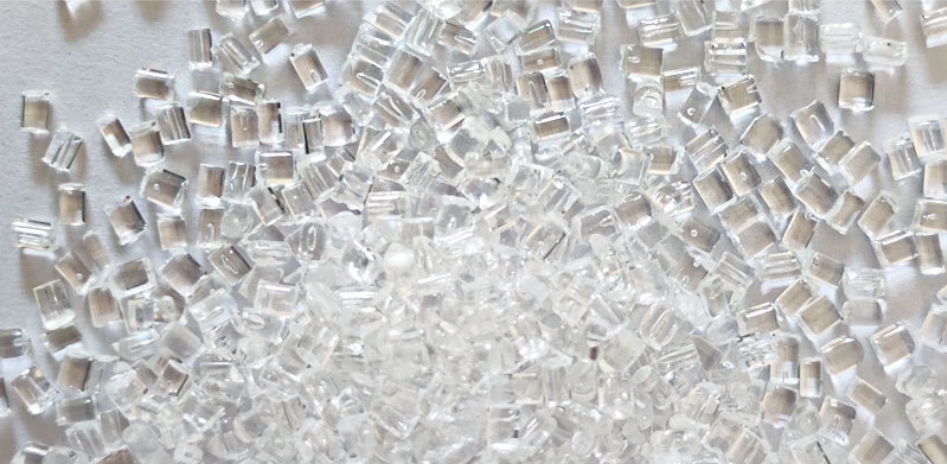

-
HOME
-
CATALOGUE
- Lotion Bottle
- Spray Bottle
- Airless Bottle
- Foam Bottle
- Plastic Jar
- Personal Care Jar
- Conditioner Container
- Powder Jar
- Food Jar
- Plastic Tube
- Eye Cream
- Facial Cleanser
- Sunscreen
- Glass Bottle
- Sercum Bottle
- Perfume Bottle
- Nail Polish Bottle
- Cosmetic Tube
- Eyelash Tube
- Lipstick Tube
- Pumps&Caps
- Lotion Pump
- Foam Pump
- Fine Mist Sprayer
- Dispensing Dropper
- Trigger Sprayer
- Bottle Cap
-
NEWS
-
ABOUT US
-
FAQ
-
CONTACT US


-
HOME
-
CATALOGUE
- Lotion Bottle
- Spray Bottle
- Airless Bottle
- Foam Bottle
- Plastic Jar
- Personal Care Jar
- Conditioner Container
- Powder Jar
- Food Jar
- Plastic Tube
- Eye Cream
- Facial Cleanser
- Sunscreen
- Glass Bottle
- Sercum Bottle
- Perfume Bottle
- Nail Polish Bottle
- Cosmetic Tube
- Eyelash Tube
- Lipstick Tube
- Pumps&Caps
- Lotion Pump
- Foam Pump
- Fine Mist Sprayer
- Dispensing Dropper
- Trigger Sprayer
- Bottle Cap
-
NEWS
-
ABOUT US
-
FAQ
-
CONTACT US
Classification of commonly used materials for cosmetic packaging
Classification of commonly used materials for cosmetic packaging
1. PP, PE
They are environmentally friendly materials and can be directly in contact with cosmetics and food. They are the main materials for packaging organic skin care products. The material is white in color and translucent. According to different molecular structures, it can reach three different degrees of softness and hardness.
2. PET
PET is a relatively soft material. Its Chinese name is polyethylene terephthalate. It is the No. 1 material in the international material labeling number. Its main characteristics are high air tightness, good pressure resistance, high water barrier, and transparency. Its transparency is as high as 95%, which is higher than the transparency of other commonly used plastic packaging containers, but it is not heat-resistant. PET is an environmentally friendly material that can be directly in contact with cosmetics and food. It is the main material for filling organic skin care products. It is often used as a packaging material for food, beverage bottles, and cosmetic bottles. Because of its high air tightness and the lack of pores in the packaging container, it is often used as a packaging container for alcohol.
3. HDPE
The Chinese name is high-density polyethylene, which is commonly known as high-density PE. It is the No. 2 material in the international material labeling number. Its main characteristics are good acid and alkali resistance, and its hardness, tensile strength and creep resistance are better than low-density polyethylene. The products made from it are translucent, poor heat resistance, and have capillaries when used as packaging containers. They are often used in medicine bottles, cosmetic bottle shell packaging and other plastic products.
4. LDPE
The Chinese name is low-density polyethylene, which is also known as low-density PE. It is number four material in the international material labeling number. Because of its low molecular density, it is softer than HDPE. The products made from it are translucent, not heat-resistant, and have capillaries, but it has good acid and alkali resistance. Containers made from this material are often used in chemical industries such as facial cleansers, glue bottles, cosmetic bottle hoses, etc.
5. PCTA
PCTA is a copolyester plastic raw material. It has high transparency, excellent low-temperature toughness, high tear resistance and good processing performance, excellent chemical resistance, can be electroplated, sprayed, scratch-resistant, 16% lower density than PC, 40% lower processing cost than PC, good printing, coloring, electroplating performance, toughness 3 times higher than transparent ABS, in line with the European RoHS environmental protection directive, suitable for high-end cosmetic packaging.
6. PCTG
PCTG is a transparent plastic with glass-like transparency and density close to glass, high gloss, chemical corrosion resistance, impact resistance, easy processing, injection molding, injection stretch blow molding and extrusion blow molding. It can also produce special shapes, appearances and special effects, such as bright colors, frosting, marble texture, metallic luster, etc. It can be used as a source of packaging materials for perfume bottles and bottle caps, cosmetic bottles and bottle caps, lipstick tubes, cosmetic boxes, etc.
7. AS
AS is not very hard, is relatively brittle (there is a crisp sound when knocked), transparent, and has a blue base color. It can be directly in contact with cosmetics and food. It is generally used to make the bottle body in ordinary lotion bottles and vacuum bottles, and can also be used to make small-capacity cream bottles.
8. ABS
ABS is an engineering glass, which is not environmentally friendly. It is yellowish or milky white in color, has a high hardness, and cannot be directly in contact with cosmetics and food. It is generally used to make inner covers and shoulder covers in cosmetic packaging materials.
9. Acrylic
Also called PMMA or organic glass, it has good transparency, chemical stability and weather resistance, is easy to dye, easy to process, has a beautiful appearance, and is hard. In order to maintain a transparent texture, it is often sprayed inside the outer bottle, or colored during injection molding. It is often used for cosmetic bottle caps and bottle packaging.
10.PCR
What is PCR plastic? PCR stands for Post-Consumer Recycled material, which refers to the recycled materials of consumer plastics such as PET, PE, PP, HDPE, etc., that are then processed and used as plastic raw materials for manufacturing new packaging materials. It includes the recycling of discarded plastics from common products used by consumers such as food containers, shampoo bottles, mineral water bottles, washing machine drums, etc.

Copyright © YuenYip Plastics Prouducts Co.ltd





